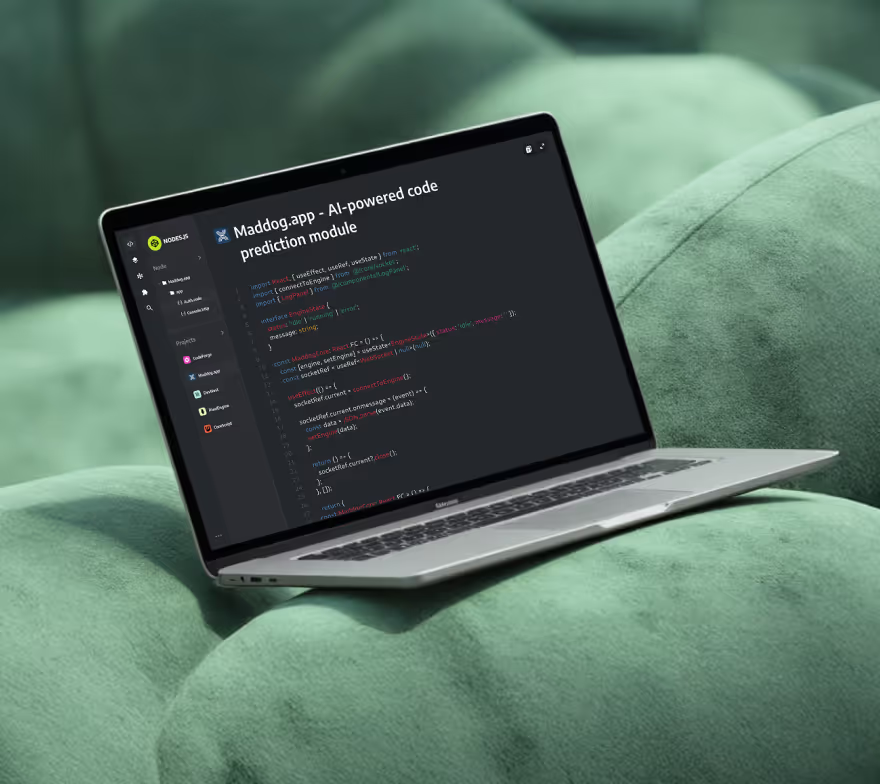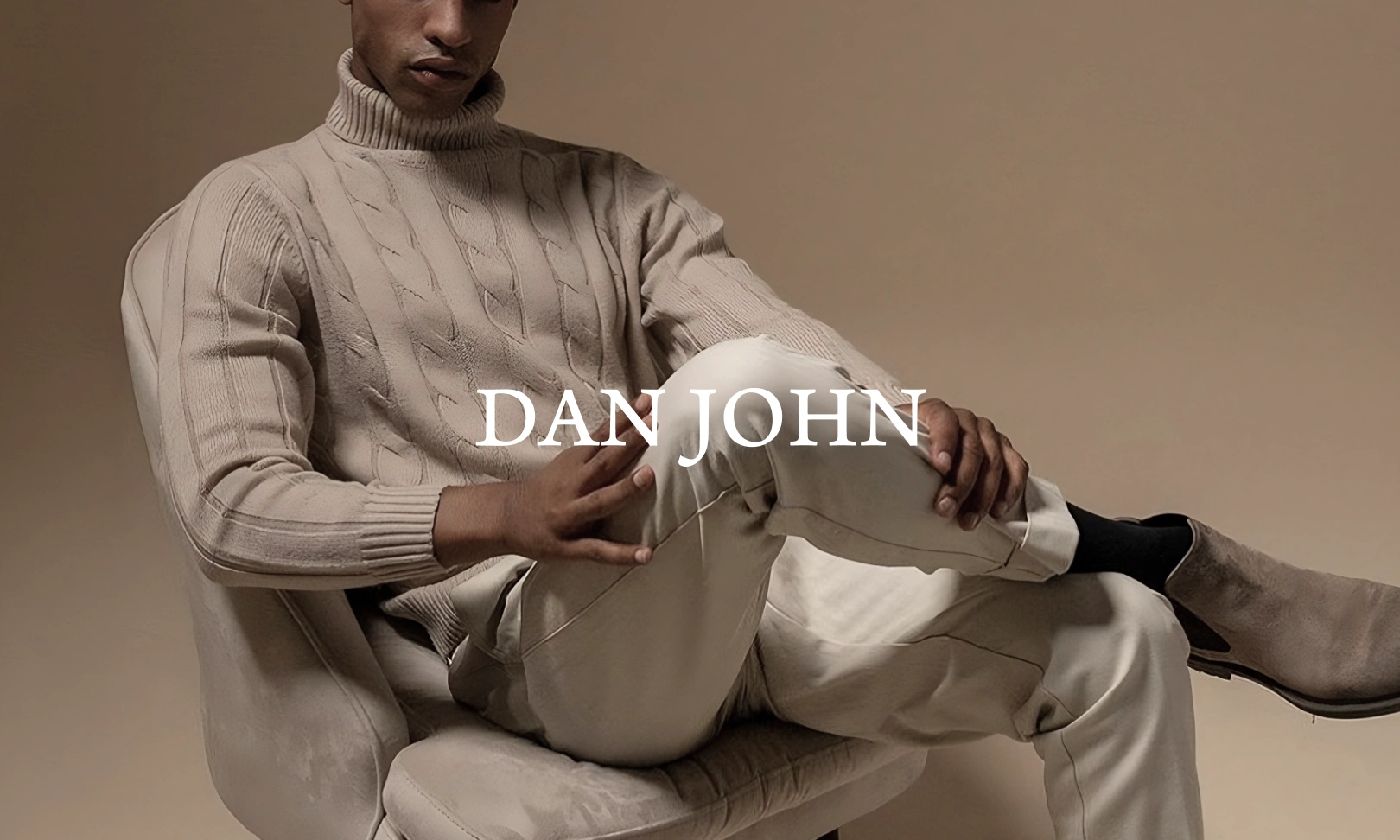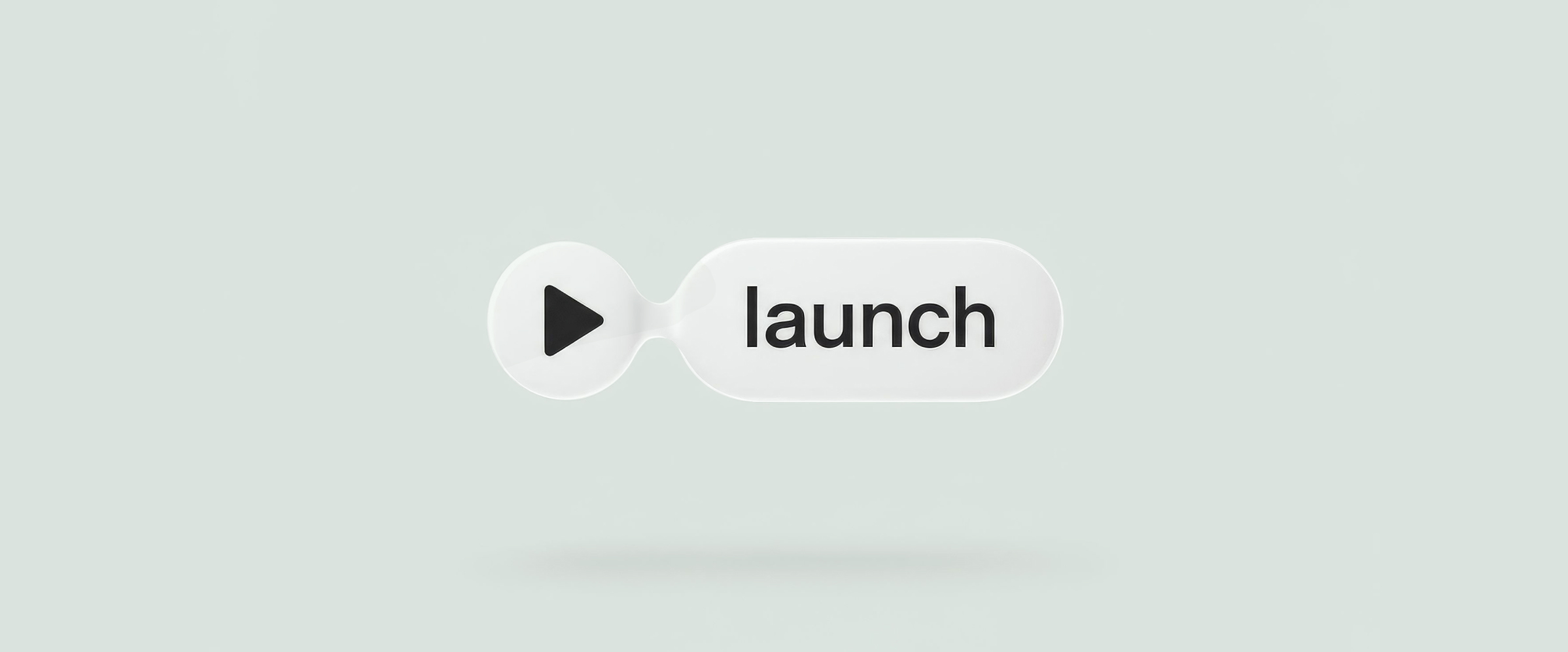











Recognitions
projects
Services

UX vs UI - What is The Difference?



Your comprehensive guide to UX and UI design
UX and UI are relatively new terms and are now used widely in the digital design field. Maybe you’ve heard these words used interchangeably and have wondered if they are the same or different?
This article will define the terms UX and UI and discuss the similarities and differences and how these design processes work. This way, you can become part of the conversation and become confident in your design terminology.
What Is UX?
UX or user experience is how users interact with an interface or application. UX includes how well something works and how easy and efficient it is to use. This includes not only if something works but how the user feels about his interactions. Think of some of the best and most popular sites and apps. All of them spend countless hours and resources to ensure that they create the best possible experience.
UX is both a science and an art as advanced technologies are used to create a user journey. UX also includes a component of human psychology as trying to understand how a user will feel and what they will do is a skill. There is a subtle art to motivating users without them feeling pushed, and often times this is achieved through incorporating stunning visuals and graphic design.
UX design often starts before anything is actually visualised when user journeys with specific personas are written out. Thanks to preliminary research, much time can be saved in the UI design process as careful thought has been put into each design element. UX design has changed how websites are created, putting the user’s experience at the forefront.
What Is UI?
UI stands for user interface and includes all that is seen, pressed, and interacted with by a user. The user interface includes buttons, sliders and entry fields that the user manipulates, as well as written and visual content that enhances the user’s experience. Anything on a website or application must be designed and laid out onto a user interface.
UI designers are not just responsible for bringing these design concepts to a digital medium but also must show real creativity to customise a site. Which colour and font are used can change depending on the product or target audience. The user interface must attract attention and motivate the user to linger longer.
Capable designers stand out by creating bespoke and visually stunning UI’s. UI design is truly an art, and designers are artists who hone their craft and constantly improve. Almost everything we do now is digital, and therefore user interfaces are an essential part of any website, application or other digital media.
What Does a UI Designer Do?
UI designers create interfaces that are visually appealing while maintaining functionality. Often times the work of a UI designer begins after UX designers have created wireframes and prototypes that have been tested. With the basic outline and goals in mind, the UI designer begins the creative process.
A UI designer will choose a colour palette, fonts, and overall theme for the interface. All these decisions are based on the product, the audience, the desired outcome, and of course, the client’s wishes.
Based on these choices, the UI designer can begin the work of creating various elements such as buttons, drop-down menus, pop-ups, text fields, blocks, banners, etc. Of course, it must all tie together to create one flowing image. In addition, videos, images and animations are employed to add pizzaz and a bespoke element.
User testing and A/B testing can help the UI designer make any needed changes and improve the design. At this point, fingers are crossed as the UI designer hands the work over to the client, hoping their creative visions align. UI designers are modern artists creating moving digital art that is engaging and interactive.
What Does a UX Designer Do?
UI designers create interfaces that are visually appealing while maintaining functionality. Often times the work of a UI designer begins after UX designers have created wireframes and prototypes that have been tested. With the basic outline and goals in mind, the UI designer begins the creative process.
A UI designer will choose a colour palette, fonts, and overall theme for the interface. All these decisions are based on the product, the audience, the desired outcome, and of course, the client’s wishes.
Based on these choices, the UI designer can begin the work of creating various elements such as buttons, drop-down menus, pop-ups, text fields, blocks, banners, etc. Of course, it must all tie together to create one flowing image. In addition, videos, images and animations are employed to add pizzaz and a bespoke element.
User testing and A/B testing can help the UI designer make any needed changes and improve the design. At this point, fingers are crossed as the UI designer hands the work over to the client, hoping their creative visions align. UI designers are modern artists creating moving digital art that is engaging and interactive.
What Is the Difference Between UX & UI Design
UX and UI are related terms that stand for user experience and user interface. These can be defined as the what and the how. User interfaces refer to the elements the user sees and interacts with. UX is how the user feels and what he takes away from the experience. So what’s the difference?
Think of a movie. All the elements, including actors, special effects, directing, and production, can be likened to UI and what the moviegoer sees. However, a well-made movie takes the person watching on a journey and leaves an indelible impression. A well-made interface creates a UX or user experience that is both a pleasant journey and takes them to the destination.
UX designers strive to put themselves in the user’s shoes and determine how simple and effective the user interface is. User interface design includes banners, headers, visuals and CTA’s that the user will see and interact with.
The two types of design are invariably linked and work hand in hand. One cannot effectively exist without the other.
UX vs UI: What Is More Important?
UX and UI sound alike and are often conflated. They work hand in hand, and many might wonder if you had to choose between UI and UX, which is more important?
The simple answer is you can’t choose as these two terms are intrinsically linked. UX and UI work together, seamlessly creating one comprehensive experience. UX and UI designers collaborate and communicate to create interfaces that look beautiful and work flawlessly.
What’s more important on a bicycle? The front wheel or the rear wheel? Unless you’re riding a unicycle, both are equally important! Think about a call to action button that a business hopes the customer presses. UI design includes what the button looks like and the font and colour used. UX designers determine where the button will be most convenient and effective for the design. UX and UI designers constantly communicate as an everchanging interface might need tweaks in the design of both form and function.
Therefore, it can be said unequivocally that UX and UI are two equally important parts of one whole- the user interface experience.
How do UX & UI Work Together?
The relationship between UX and UI can be compared to the link between architecture and design. When building a home, the architect’s goal is to create a functional home that is a pleasure to use and live in. The designer focuses more on the look and feel of the place, creating a cosy and warm atmosphere. An architect without a designer can mean functional yet cold and empty spaces. Design without architecture can look beautiful but not function properly.
UX and UI designers work together to create functional, visually stunning interfaces. UX will include. Depending on the size of a company, sometimes this person can be one and the same and develop a product from its inception to its launch. More commonly, though, the UX designer focuses on user research, user journeys and creating prototypes and wireframes- the so-called skeleton or architecture of the site. Then the UI designer takes all of this foundational work and adds design elements, including colours, fonts, visuals, graphics, etc.
These two fields are intertwined, and with good communication and collaboration, UX and UI can make a vision a reality.
Conclusion
We hope this article has helped you understand the nuances of UI and UX design. What are the main takeaways?
- UX is focused on the journey, the experience a user has, and the feelings that are evoked.
- UI is focused on the visual, the beauty of an interface in both form and function.
- They work hand-in-hand to holistically impact the digital medium.
UX is especially important for ecommerce websites such as a Shopify store and Fourmeta UX Agency has vast experience in developing UX solutions. If you need help just let us know.
Feel free to take a look at our other articles that focus on eCommerce and subscribe to stay up to date with the latest news.




.avif)






















.avif)



